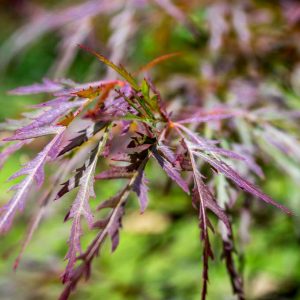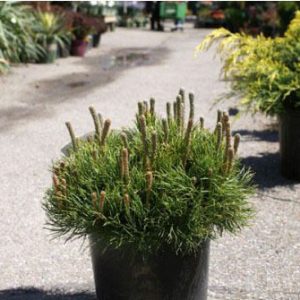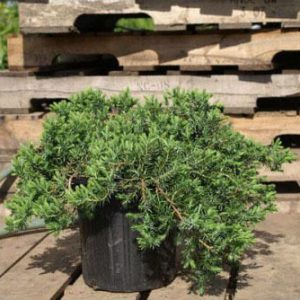Description
Tiarella – Foamflower –
There are 5-7 rhizomatous herbaceous perennials in the Saxifrage family and resemble their relatives Heuchera, in this genus. They are found on the forest floor from woodland and stream banks in Eastern Asia and North America. The mainly basal, ovate to heart shaped or rounded, toothed, sometimes long stalked leaves are simple or palmately 3 to 5 lobed, occasionally 7 lobed, or palmate, they are pale to mid green, often turning shades of reddish copper in autumn and winter, and have conspicuous veins and sparse bristly hairs. The tiny, star shaped, airy, fluffy, white or pinkish white flowers, up to ½” across, are borne in terminal panicles or racemes over a long period from spring to summer. Grow as a groundcover in woodland garden or shady border. T. cordifolia spreads freely.
Grow ideally in cool, moist, humus rich soil, although they tolerate a wide range of soil conditions. Provide deep or partial shade. Protect from excessive winter moisture. Divide in early spring.
Prone to rust and slugs.
T. trifoliata – This clump forming, rhizomatous perennial found from Alaska to Oregon grows 20″ tall and 12″ wide. It does not have stolons. It produces 3 palmate basal leaves, to 3″ long, with 3 to 5 lobed, hairy, mid green leaflets, veined dark green, the 2 or 33 stem leaves have short stalks. Nodding bell shaped white flowers are produced in loose panicles, 6-20″ long, opening from pinkish white buds from late spring to midsummer.
Zones 4-7





